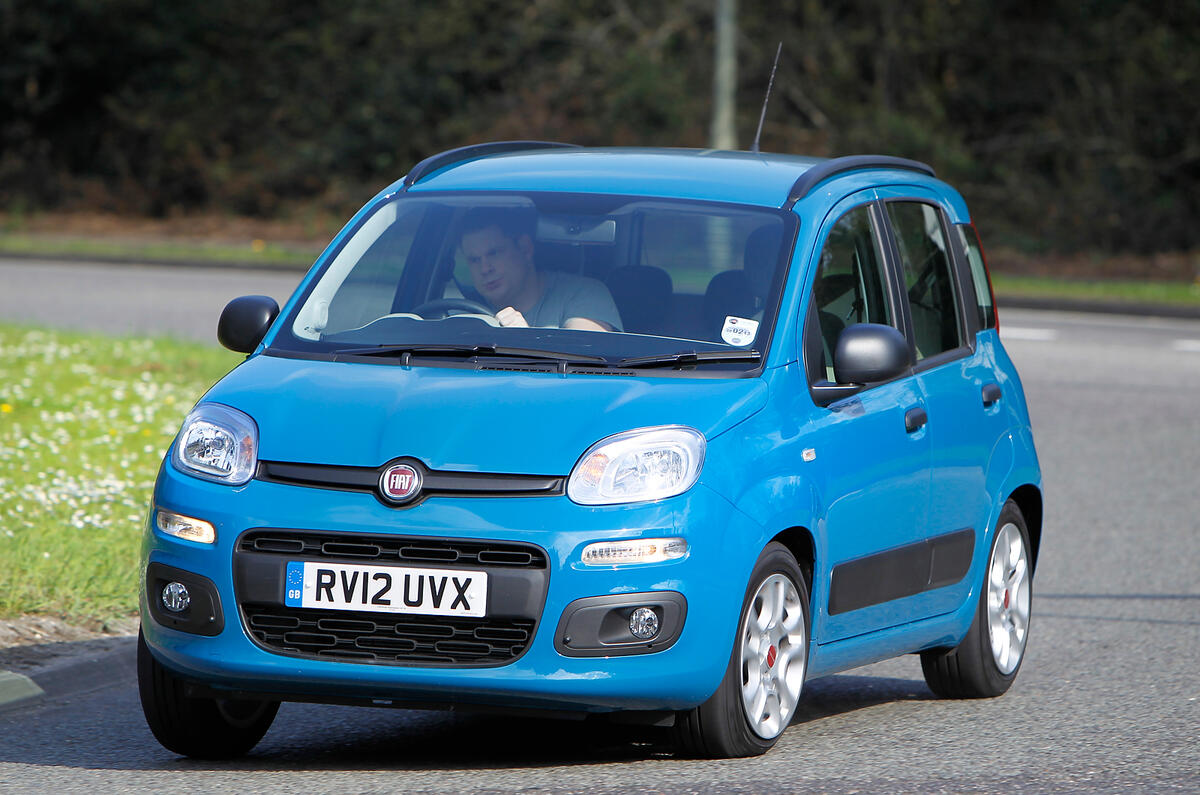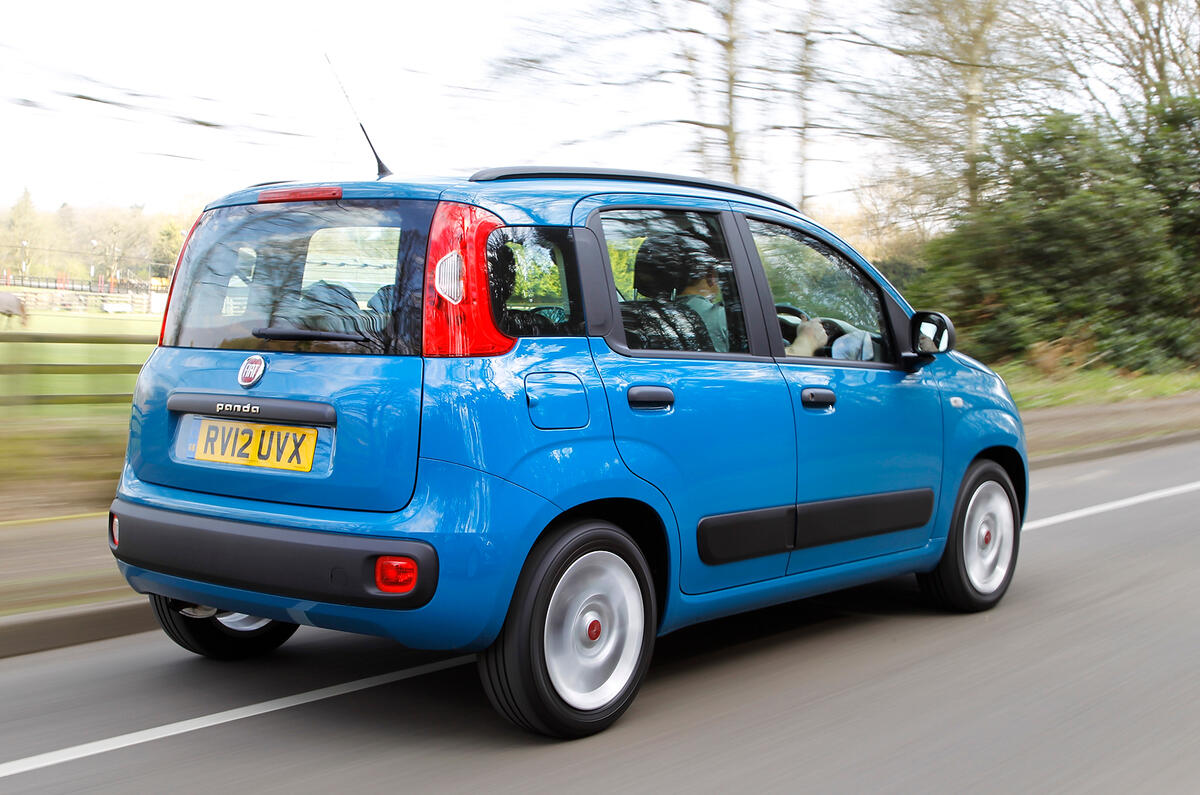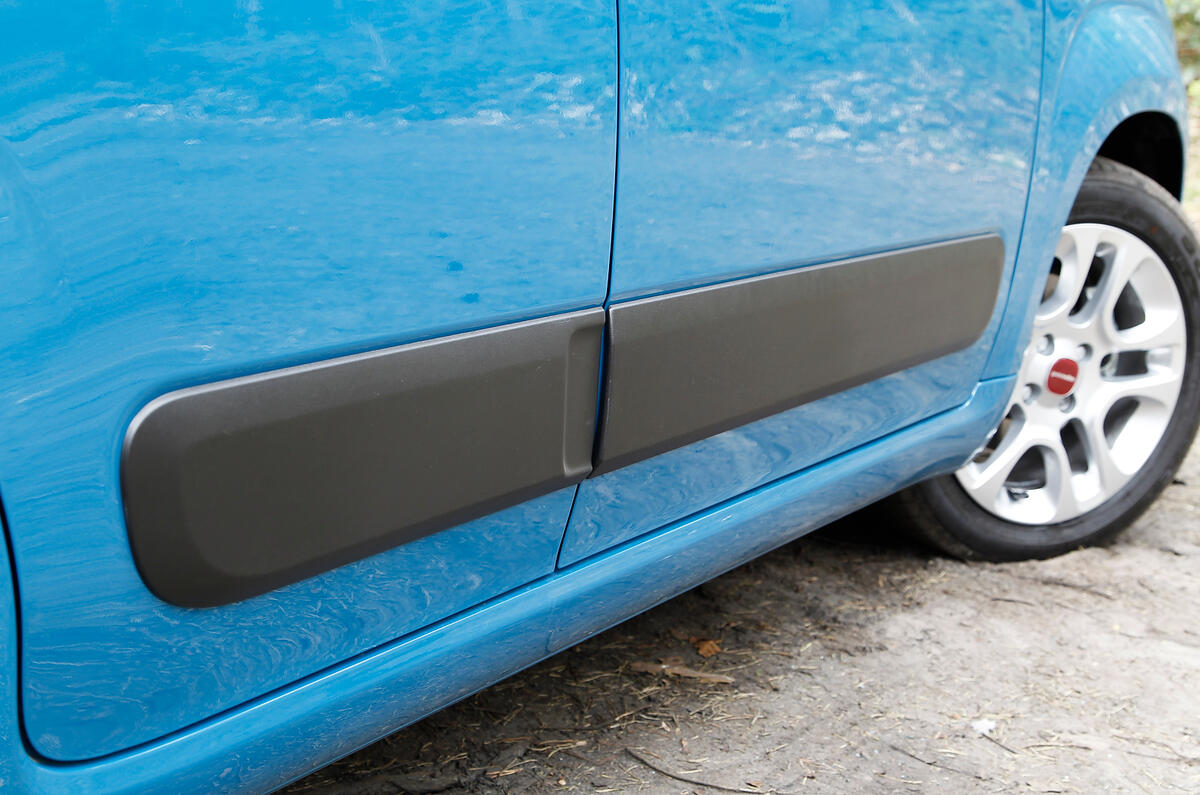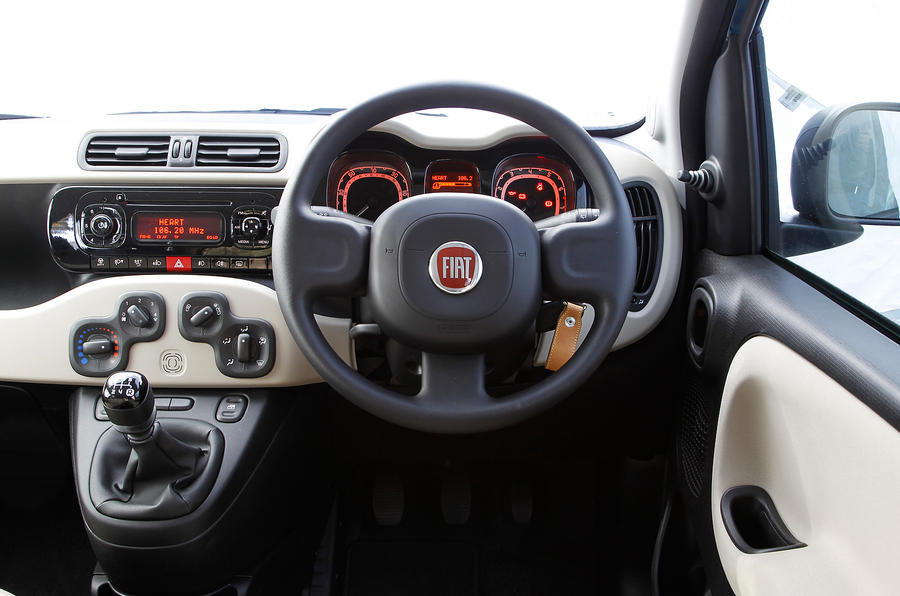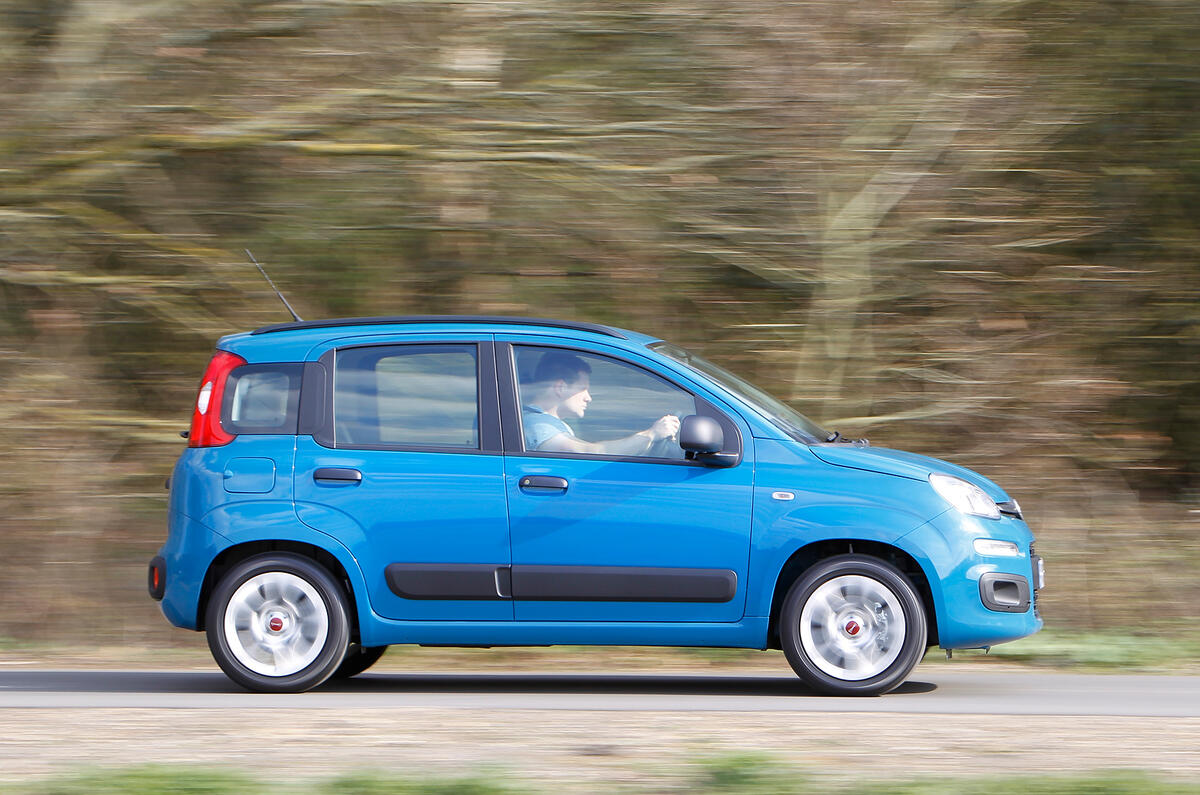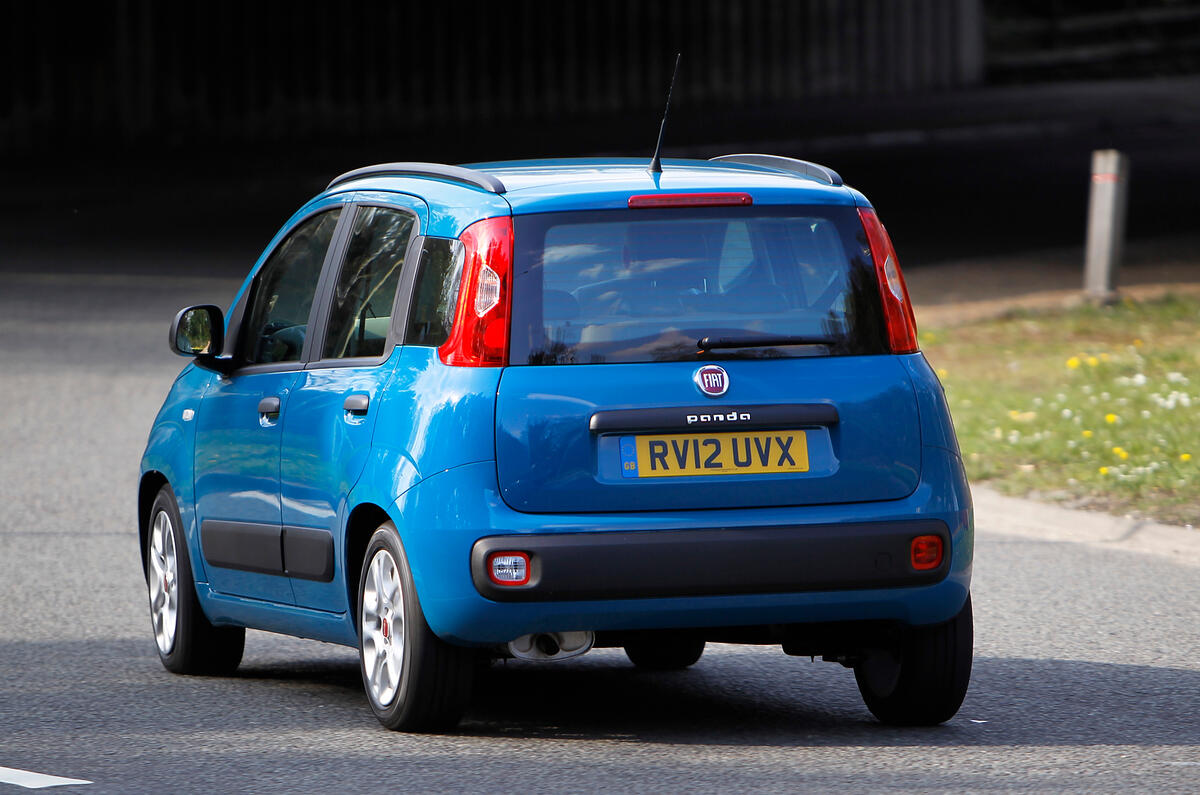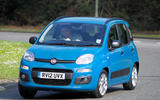Inside, the emphasis is on stylish practicality. Fiat has redesigned the dashboard of the Panda to improve the layout and ease of use, and the fascia design is both appealing and extremely practical. Designers make great play of providing 14 different compartments for gadgets big and small. Visibility is spectacular and the controls/dials are simple to operate.
Fiat even claims a dual role for several items in the cabin. The handbrake, for example, is said to double up as a “hand rest” when it is down. We’re not really sure what this means, but it works well as a handbrake and nothing else.
Order the Panda in one of the more interesting cabin colourways and you have a pretty agreeable environment in which to travel. The dashboard’s wide, colour-coded perimeter, some subtly stylish instruments and a faux piano-black finish for the main switch control pack in the higher-series versions all help you escape the fact that you’re aboard a modestly priced commuter car.
It’s a shame that the centre console carrying the handily high-mounted gearlever robs you of inboard knee room in the otherwise accommodating cockpit. The steering wheel is of a slightly odd squared-off design, but this doesn’t have an impact on its control.
The rear accommodation is much improved over the old Fiat Panda’s. Despite the identical wheelbase, there’s more leg and knee space and headroom is still as decent as it always was, thanks to the high roof.



